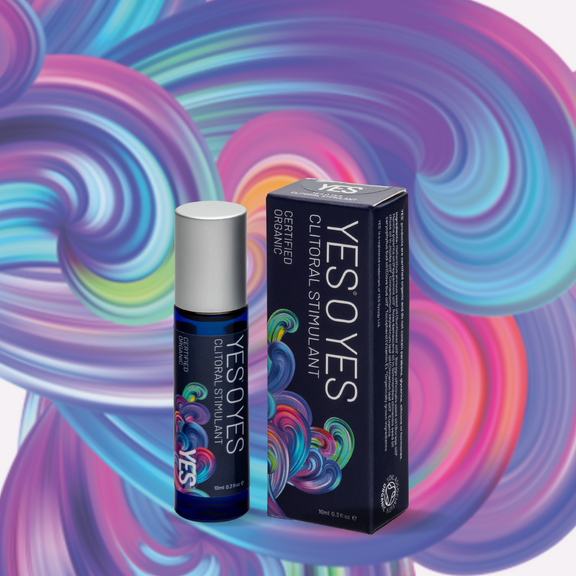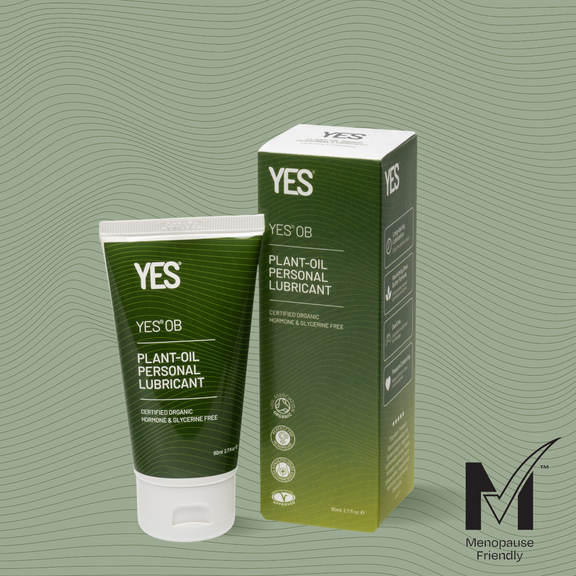Guest blog by Dr Sarah Ball, GP and Menopause Specialist: Testosterone Replacement in Menopause – is it the ‘missing’ female hormone?
Dr Sarah Ball, GP and Menopause Specialist, Health in Menopause (www.healthinmenopause.co.uk, Instagram: @drsarahmollyball)
Testosterone levels in women explained
In the menopause community currently, testosterone is a real buzz word. It is provoking much controversy as awareness about it on media platforms and across medical and political forums increases.
Despite a medical degree and 2 decades as a GP specialising in women’s health, until recently I knew only that women’s prime reproductive hormones are oestrogen and progesterone. Whilst I had an awareness that women (including trans men and some non-binary persons) had a small amount of testosterone, I had not paid it any particular attention, with the exception that those with polycystic ovarian syndrome (PCOS) have naturally higher levels of testosterone. But I do recall now with much greater understanding that some women who had their ovaries removed (often at the time of hysterectomy, thus inducing a surgical menopause) were sometimes given oestrogen AND testosterone implants afterwards.
The fact is that females have good levels of testosterone, particularly in their 20s, but in general amounts are 10% of that of males and there are testosterone receptors throughout almost all tissues of the body. From their early 30s levels generally start to decline by approximately 1% per year. So lower levels at menopause are not necessarily related to the menopause per se (except for surgical menopause where levels do suddenly drop), but to ageing. However, the symptoms often become far more apparent around the menopause due to the fluctuating and then declining levels of our other hormones.
Treating menopause symptoms; oestrogen, progesterone and testosterone
Once I began to specialise in menopause care, from the hundreds and thousands of women that came seeking help, patterns clearly started to emerge. Many women in perimenopause or menopause feel much better from their menopausal symptoms, typically including any of the following: mood changes, hot sweats/flushes, fatigue, poor sleep, brain fog, aches and pains, skin changes, vaginal dryness, low libido, urinary symptoms, migraine, with oestrogen replacement. For those with their womb, this would be combined with progesterone. However, there is a large spectrum of outcomes; some feel very much improved, some partly, and some only slightly, or not at all.
Further improvement may be achieved with dose adjustment of the oestrogen component and/or sometimes with alterations to the progesterone component. But typically, residual symptoms, despite optimisation of their HRT are commonly low libido, fatigue, brain fog, lack of physical strength/stamina and mood disturbance. Adding transdermal testosterone to the HRT can be very beneficial in these cases.

However, accessing testosterone can be very tricky. Firstly, NICE Menopause guidelines [1] suggest that a trial of testosterone can be considered for those with low libido if HRT alone is ineffective. It is important to recognise that low libido can also be attributed to other issues e.g., antidepressant medication, relationship difficulties, vaginal dryness, pain with intercourse etc. Whilst this inclusion in the guideline acknowledges the potential therapeutic effect of testosterone, it restricts its scope to just this one symptom area. This is due to a lack of robust evidence for the oft-cited wider potential benefits. Unfortunately, studies to date looking at other benefits have not been large enough nor long enough to rigorously prove benefits beyond libido [2]. But many patients do report gains for energy, mental clarity, muscle strength and mood. Other areas of interest include it’s use in those with migraine, Long Covid, chronic fatigue syndrome and in those with breast cancer [3].
Hot off the press is welcome news that the British Menopause Society are in preliminary planning stages of a clinical trial aimed to answer some of the current questions. Whilst the available trial evidence is not yet clear, I am a firm believer in the model of Evidence Based Medicine that considers both biological plausibility and clinical experience. There are many myths about testosterone therapy [4]. My overwhelming experience from my patients who add testosterone is that the majority gain benefits and a significant number experience profound improvements in quality of life. A crucial element of this conversation is that of Shared Decision Making, where healthcare professionals support a patient to make her own choice about treatment.

Does the NHS prescribe testosterone for menopause?
For a woman who does decide she would like to try testosterone, there are further challenges. There are currently no preparations licensed for use in women in the UK. Therefore, the options are to use a testosterone cream, called Androfeme, which is licensed for use in females in Australia. This is currently only available in the UK privately, but slow progress is being made in getting a license which would enable it to be prescribed on the NHS. At present, on the NHS, the only option is to use a testosterone gel, licensed for use in men, at a dose adjusted for females [5]. This can cause some practical challenges. To add to the hurdles, many GPs and geographical areas of the country will not allow its prescribing for women. Useful links for patients are listed below.
For those lucky enough to be able to access testosterone, a trial of treatment should last 3-6 months. Blood monitoring is required. Side effects e.g., acne, hirsutism, greasy skin are very uncommon when appropriate female doses are used.
Another important consideration is that improving a woman’s libido should only be done in conjunction with treating any symptoms of genitourinary syndrome of menopause. Whilst testosterone can help with vaginal dryness and/or urinary symptoms, it is important to consider vaginal estrogen's treatments as well as vaginal lubricants and moisturisers to reduce vaginal dryness and pain with intercourse to optimise sexual health.
I am so glad that testosterone is having ‘it’s moment’. In my opinion, it is long overdue, and I think will be here to stay. I impatiently await further research and improvements in availability of, and access to, this important hormone to all women.

NICE: Menopause Diagnosis and Management: http://www.nice.org.uk/guidance/ng23
Davis SR, Baber R, Panay N et al. Global Consensus Position Statement on the Use of Testosterone Therapy for Women. J Clin Endocrinol Metab. 2019; 104(10):4660-4666
Glaser R and Dimitrakakis C. Testosterone Implant Therapy in Women With and Without Breast Cancer: Rationale, Experience, Evidence. Androgens: Clinical Research and Therapeutics. 2021; vol 2.1:94-110
Glaser R and Dimitrakakis C. Testosterone therapy in women: Myths and misconceptions. Maturitas 2013; 74:230-234
Panay N. British Menopause Society Consensus Statement: Testosterone replacement in menopause. December 2022
HRT Easy Prescribing Guide. Newson Health Menopause Society. 2022 https://balance-menopause.com/uploads/2021/10/Easy-HRT-prescribing-guide-NHMS.pdf
Women’s Health Concern Fact Sheet: Testosterone for Women. 2022 https://www.womens-health-concern.org/wp-content/uploads/2022/12/22-WHC-FACTSHEET-Testosterone-for-women-NOV2022-B.pdf
Testosterone (healthinmenopause.co.uk)






